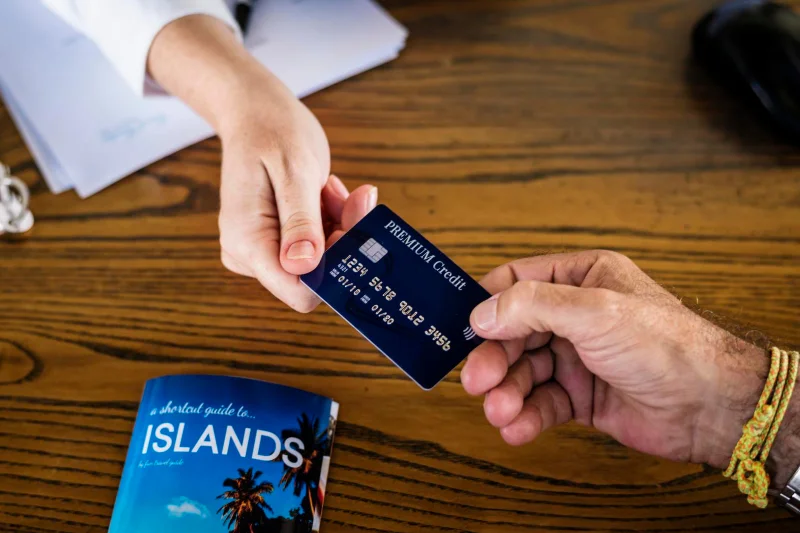Free Government Help You Can Access
Free Government Help Now
If you’re choosing between rent, groceries, or medicine, there is free government help designed to stabilize your budget — and it’s accessible without paying a middleman. This guide shows you exactly where to apply, which documents to gather, and how to avoid scams so you can act today with confidence.
- At a Glance — You’ll Learn How To:
- Use verified portals to check eligibility and apply
- Get food, energy, health, and cash aid through official channels
- Access education grants, job training, and disaster help fast
- Spot and avoid fake “grant” offers that charge fees
1) Household Benefits That Pay Bills
Definition & Context: These are direct household assistance programs — food, energy, health, and basic-needs aid — that reduce monthly costs. They are not loans and do not require repayment. Examples include SNAP (food benefits), LIHEAP (home energy help), Medicaid/CHIP (health coverage), and TANF (short-term cash support).
Where to Find It: Start at the official screeners: Benefits.gov Benefit Finder and your state portals (usually “.gov”). Most applications are online; some offer in-person help via county human services. Use only .gov sites and verified numbers posted there.
How It Works (Step-by-Step):
- Go to Benefits.gov/benefit-finder and complete the questionnaire (check eligibility here).
- Follow the link to your state’s official application page for each program you match.
- Have these ready: photo ID, proof of address, income/benefit letters, and household size.
- Submit the application and create an account to upload documents and track status.
- Respond to any follow-ups; most programs require annual renewal to keep benefits active.
Common Mistakes or Scams:
- Paying for “access” or “expedited approval.” Government applications are always free.
- Applying on non-government sites (.com/.net) that collect data but provide no benefits.
- Not updating income or address changes, which can delay or stop benefits.
Action Step: In one sitting, screen and apply for multiple programs: start at Benefits.gov, then apply for SNAP and LIHEAP through your state’s linked .gov portals — have these documents ready: ID, paystubs/award letters, lease or utility bill.
Case Study (1–2 sentences): “Erica in Texas” used Benefits.gov to find SNAP and LIHEAP. Within three weeks, her EBT covered groceries and a one-time utility credit wiped a $480 past-due balance — freeing cash for rent.
- Pro Tips:
- Ask for a language interpreter or accessibility aid — agencies must accommodate.
- If denied, file a fair hearing/appeal by the deadline; errors are common and often reversible.
- Enroll in WIC (if pregnant/with young children) and CHIP to reduce medical and formula costs immediately.
2) Education, Jobs, and Emergency Relief
Definition & Context: Not all help is cash — some programs fund tuition, provide career training, or deliver post-disaster grants. Programs like FEMA Individual Assistance or WIOA training vouchers can be applied for directly via official .gov sites and can permanently improve earning power or replace essential items after a declared disaster.
Where to Find It:
- Education Aid: studentaid.gov — file the FAFSA for Pell Grants and Work-Study.
- Job Training: American Job Centers — WIOA-funded training, career services, and supportive payments.
- Disaster Relief: disasterassistance.gov — FEMA housing, repair, and personal property grants.
How It Works (Step-by-Step):
- Education: Complete FAFSA at studentaid.gov; review award for Pell, state grants, and Work-Study.
- Jobs: Visit your nearest American Job Center; request a WIOA eligibility assessment and list in-demand training programs.
- Disaster: Create an account at DisasterAssistance.gov; upload FEMA registration, photos of damage, and insurance letters.
Common Mistakes or Scams:
- Responding to “grant approval” emails that ask for processing fees or gift cards.
- Missing application windows (FAFSA/WIOA cohorts, FEMA deadlines after declarations).
- Enrolling in unapproved training — WIOA only funds eligible providers listed by your state.
Action Step: Recently laid off? Call your local American Job Center and request a WIOA training voucher appointment — ask which programs start within 30 days and whether supportive services (transportation, tools) are covered.
Case Study (1–2 sentences): “Carlos in Florida” used a WIOA voucher to complete a 12-week HVAC certification. Two months later, he accepted a full-time role with benefits, replacing lost hospitality wages and stabilizing his budget.
- Avoid These Mistakes:
- Don’t pay any “advisor” to file FAFSA, FEMA, or WIOA forms — official help is free.
- Verify the URL ends with .gov and that any school is on your state’s Eligible Training Provider List.
- For FEMA, photograph damage before cleanup; keep repair receipts for reimbursement.
Bottom Line: Use official portals, prepare documents once, and apply to several programs the same day. If someone asks for money to “unlock” aid, it’s not real government help. Start with Benefits.gov, studentaid.gov, American Job Centers, and DisasterAssistance.gov — then track deadlines, renew on time, and keep every confirmation number.


